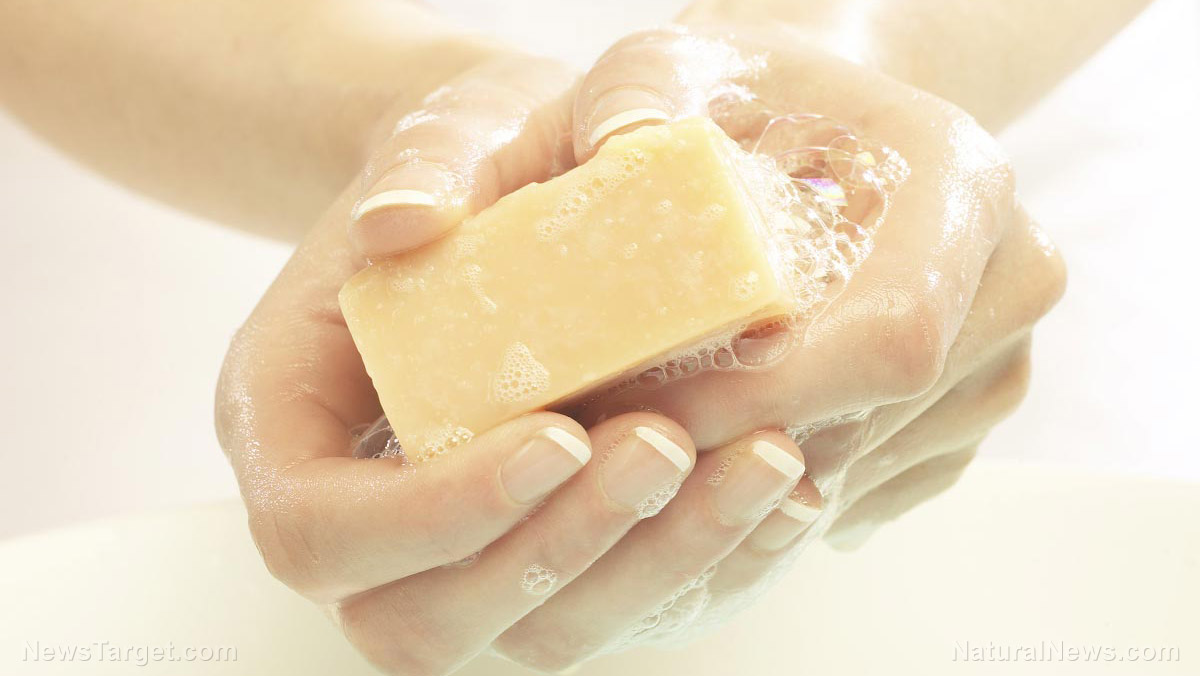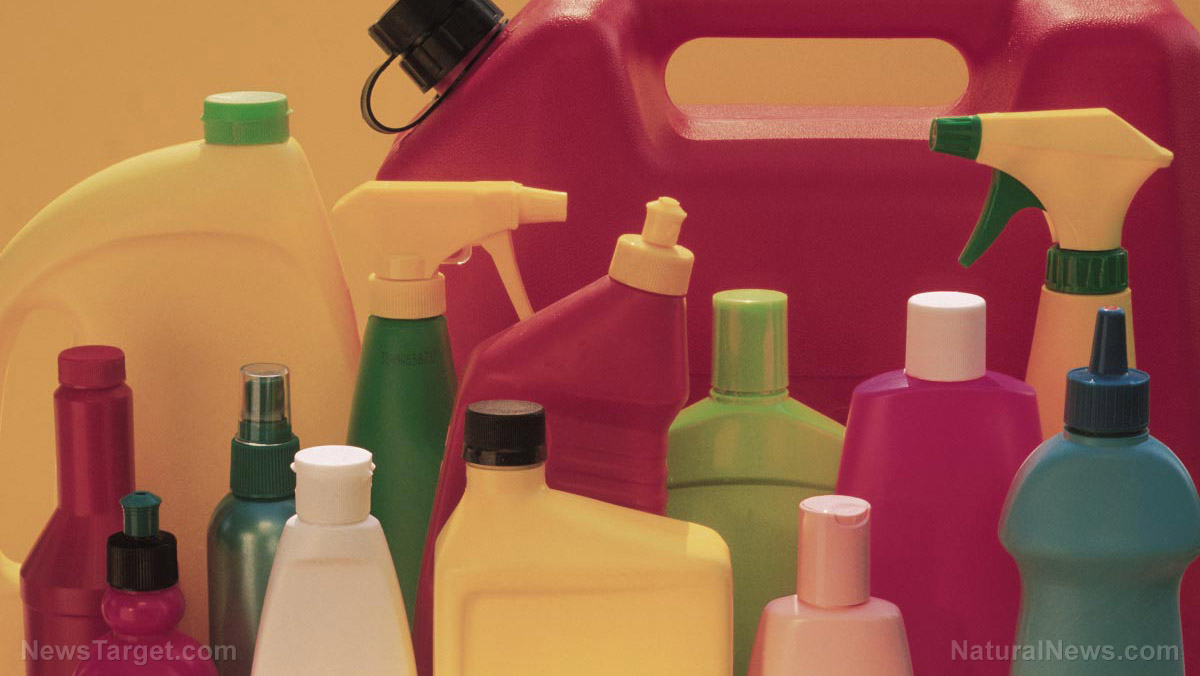Lye – toxicity, side effects, diseases and environmental impacts
11/18/2017 / By Janine Acero

Sodium hydroxide, more commonly known as “lye”, is an inorganic compound used to control pH levels in cosmetics and personal care products. It is white when solid and dissolves in water well. It is most corrosive when dissolved in water.
Lye is often the active agent in cleaning solutions. It is also used in the manufacturing of textiles, cellophane, and paper.
Lye goes by other names such as NaOH, soda lye, and caustic soda.

List of known side effects
Sodium hydroxide is a poisonous ingredient found in many industrial solvents and cleaners. It is a highly corrosive substance. Severe oral toxicity may cause necrosis of the gastrointestinal mucosa, esophageal and gastric perforation, and gastrointestinal bleeding. Esophageal carcinoma is another long term complication.
Coming into contact with or accidental poisoning of this substance may cause the following side effects:
- Eyes and nose contact – Burning sensation in the affected area; can cause serious eye damage.
- Skin and hair contact – Severe irritation, burns, blisters, holes in the skin tissue, temporary loss of hair.
- Inhalation – Labored breathing, lung inflammation, throat swelling, salivation, bronchospasm (wheezing).
- Ingestion – Burns in the esophagus and stomach, severe stomach pain, vomiting, diarrhea, blood in the vomit and stool.
Body systems affected by lye
Sodium hydroxide poisoning or exposure may severely affect the ocular, olfactory, dermal, respiratory and gastrointestinal systems.
Items that can contain lye
Sodium hydroxide is known for making solid, opaque bar soap, as opposed to potassium hydroxide (KOH) which is used in making liquid soap.
Lye can also be found in many different everyday products and objects. These include:
- Aquarium products
- Bath products
- Cleaning products
- Depilatories
- Drain cleaners
- Fragrances
- Foot powders
- Hair dyes and colors
- Hair straighteners
- Makeup
- Metal polishes
- Nail products
- Oven cleaners
- Shaving products
- Skin care products and suntan products
How to avoid lye
As previously mentioned, sodium hydroxide or lye is highly corrosive and can burn the skin. According to SoapQueen.com, lye can be safe to use when handled properly. It goes without saying that “wearing protective safety gear is a must.” Protect your eyes and skin with safety goggles, thick gloves, long sleeves and long pants. You can also opt for a mask to avoid inhaling its fumes.
Where to learn
- Health Basics: How do food preservatives cause cancer?
- Parents, clean out those drawers: Lithium batteries could cause terrible death from internal bleeding
- Kraft Foods factory evacuated after workers botch chemical recipe, create ‘poisonous cloud’
- Loving Lemons! Safe, Natural Spring Cleaning Tips
- The Benefits of Using Real, Natural Soap
Summary
Sodium hydroxide, or “lye” is a highly corrosive substance used in cosmetics and personal care products. It is also an active agent in cleaning solutions and industrial solvents.
Lye is white in solid form and easily dissolves in water. It is most corrosive after being dissolved.
Other names for lye are NaOH, soda lye and caustic soda.
Contact with lye may cause damage to the eyes and severe burns on the skin. In worst cases, inhalation or ingestion of lye severely damages the throat, lungs, esophagus and gastrointestinal tract, with side effects including bronchospasm, vomiting, diarrhea, and blood in the vomit and stool.
Sources include:
Tagged Under: Lye




















